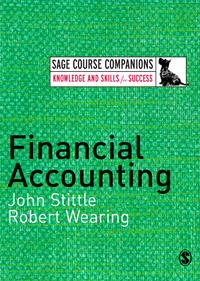Answered step by step
Verified Expert Solution
Question
1 Approved Answer
Besides using independent operators or purchasing an additional truck, what options does Over-land have to increase their capacity and potentially accommodate the FHP contract? Discuss


- Besides using independent operators or purchasing an additional truck, what options does Over-land have to increase their capacity and potentially accommodate the FHP contract? Discuss the overall risks to a company with having too much or too little capacity.
Step by Step Solution
There are 3 Steps involved in it
Step: 1

Get Instant Access to Expert-Tailored Solutions
See step-by-step solutions with expert insights and AI powered tools for academic success
Step: 2

Step: 3

Ace Your Homework with AI
Get the answers you need in no time with our AI-driven, step-by-step assistance
Get Started


